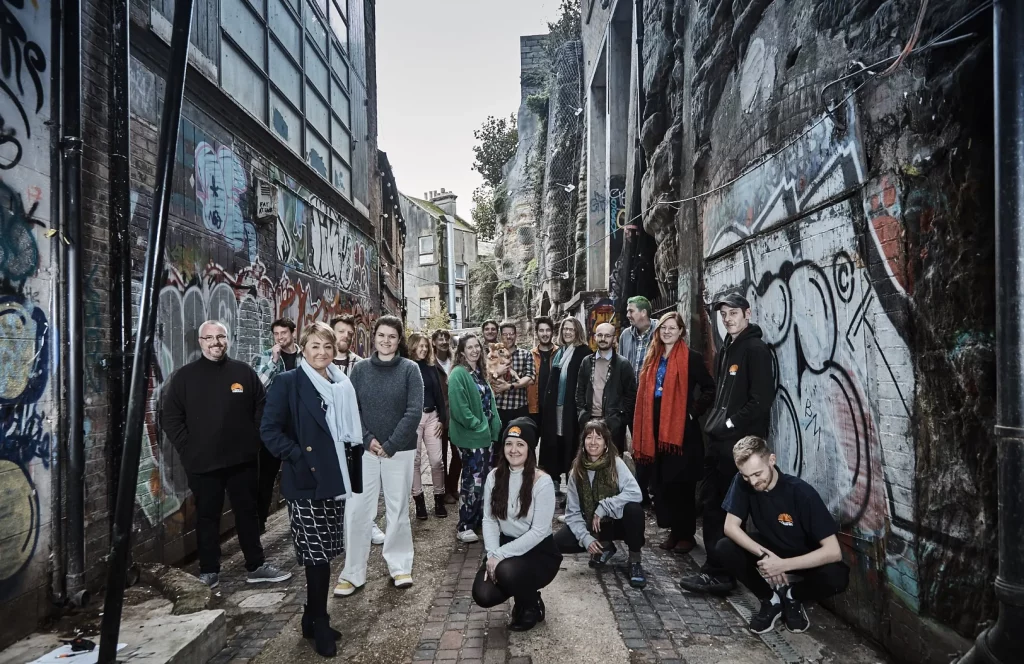Tampines Town is one of the more recently built new towns in Singapore. It demonstrates how the country is providing high-quality, high-density and affordable housing for its citizens and a timely lesson to a rapidly urbanising world on excellence, economy and efficiency in the provision of high-rise housing, as well as on how to retain socially cohesive communities.





